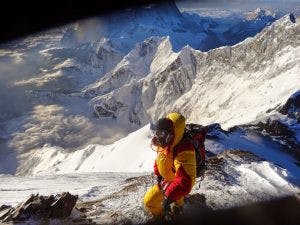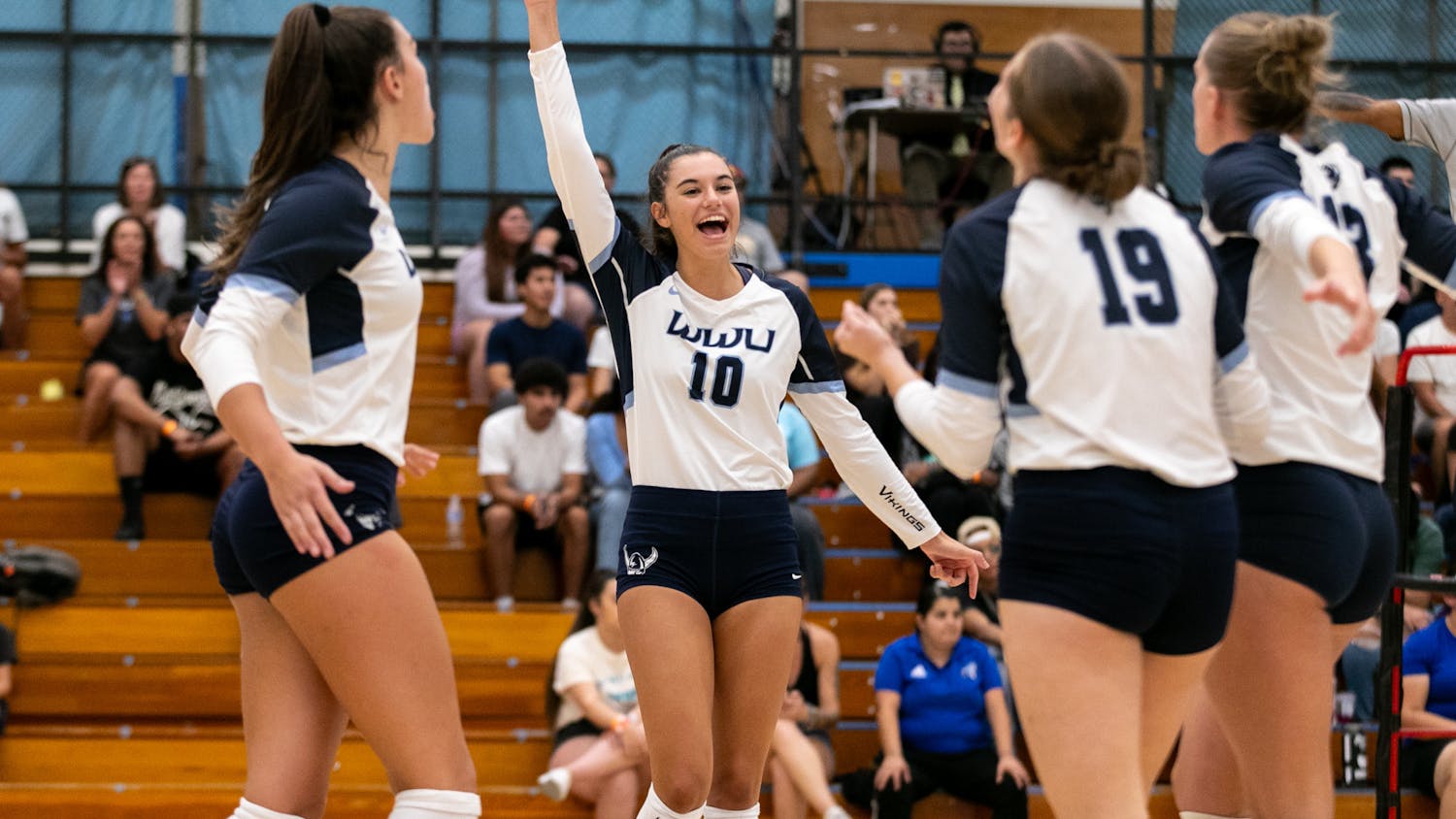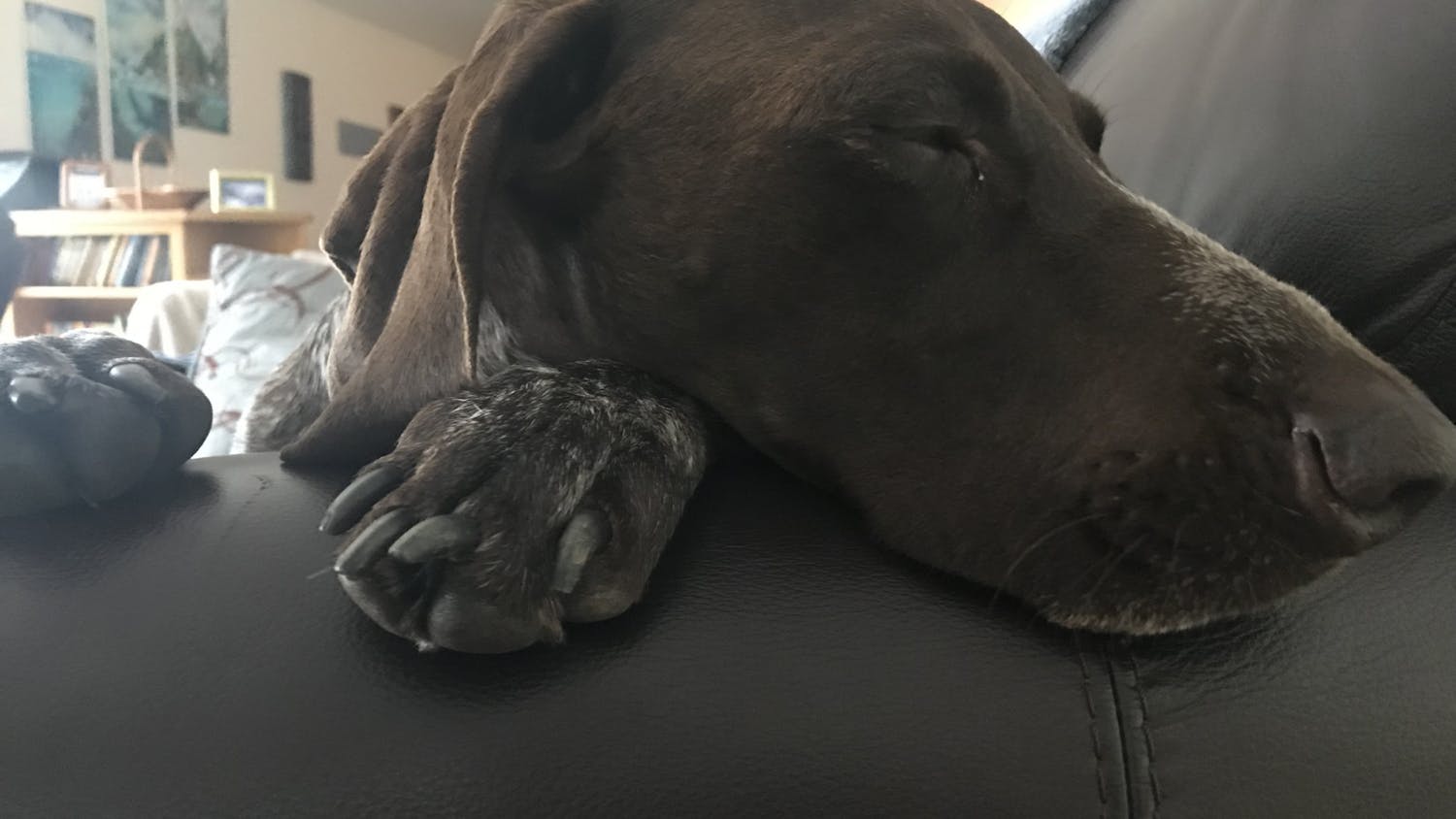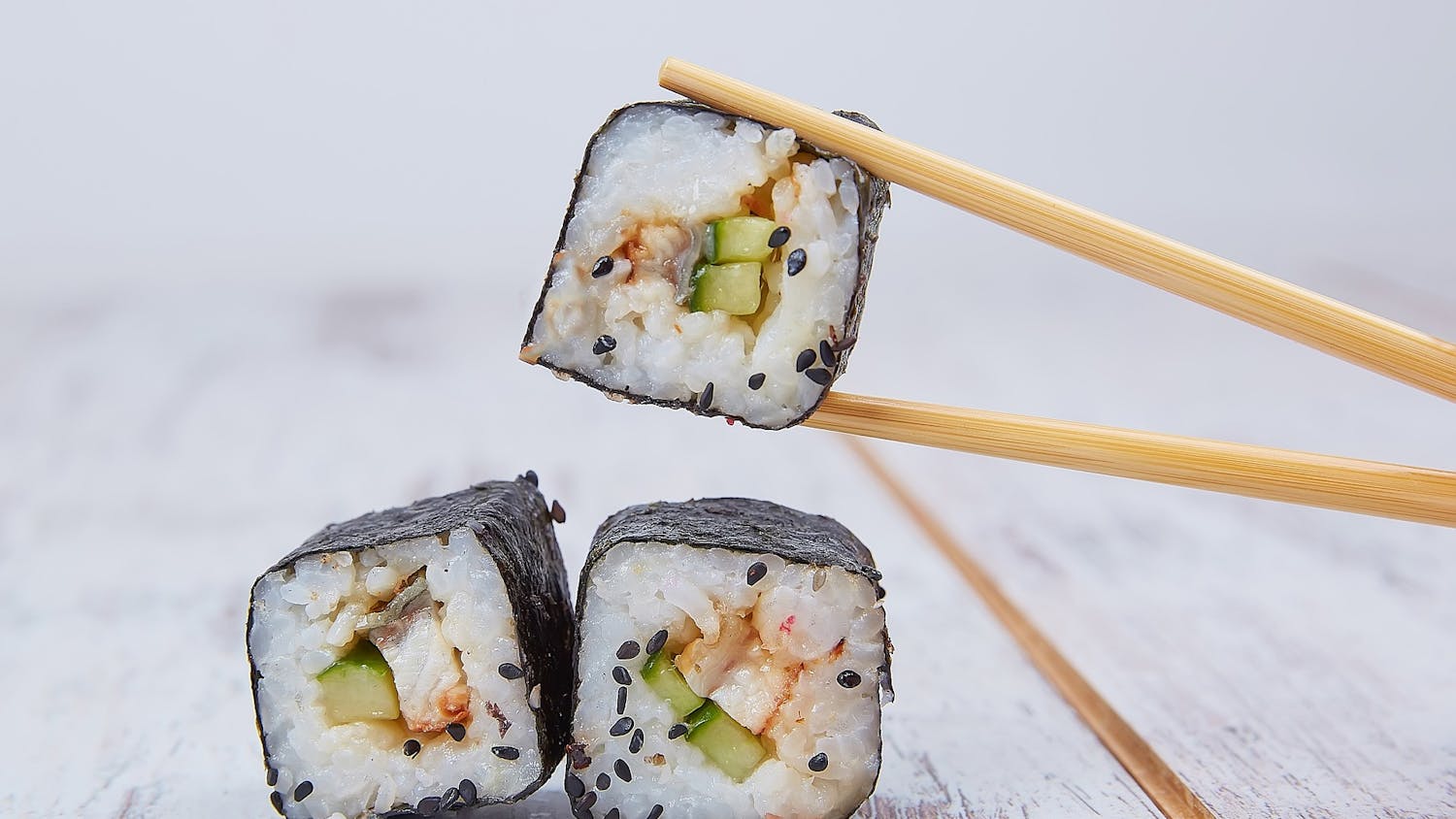When you say you will never do something, how much do you mean it?
Dave Mauro, Bellingham resident and former Western student, quit climbing mountains after summiting Denali peak with his brother-in-law in the summer of 2007. Mauro told everyone who asked he would not climb again.
But on May 20, 2013, Mauro was standing on the peak of Mount Everest, the tallest point on earth, his seventh “big mountain” climb in seven years.
In mountaineering, there is an objective called the seven summits. If someone has climbed all seven, they have been to the highest point of every continent: Denali in North America, Mount Kilimanjaro in Africa, Mount Elbrus in Eastern Europe, Aconcagua in South America, Antarctica’s Vinson Massif, Carstensz Pyramid in Oceania and Mount Everest in Asia. Mauro climbed all seven in that order.
After coming home from climbing Denali, Mauro was satisfied. He felt great about making it to the summit, but the cold weather and physical challenge of spending 16 days on the mountain was still fresh in his memory.
“The climbers who focus on the summit almost never get there. The people that get there are the ones who make each day a small mountain. Those small mountains add up to a big mountain.”
Dave Mauro
“I made a thousand mistakes, but I had a team around me that was looking out for me,” Mauro said. “I figured I was done. That was the first time I quit.”
Mauro spent his first three years of college at Western starting in 1981. After finishing his general university requirements, he transferred to the University of Washington’s Foster School of Business.

Mauro was one of the original members of the Upfront Theatre but no longer performs there. He is now focusing on writing a book about his climbs.
He is also a certified financial planner for UBS Financial Services.
“I take care of mostly moms and pops with their investment portfolios,” Mauro said. “I’m really fortunate to work for so many cool people here in the community.”
Several months after returning from his climb of Denali, Mauro started having a recurring dream.
“I’m standing in the tall grass near Kilimanjaro, and I’m following a lion,” he said. “It became an obsession.”
One day, Mauro came to a realization about the dream: “I think I’m supposed to go to Africa, I think I’m supposed to climb Kilimanjaro,” he told himself.
Kilimanjaro was going to be easier than Denali. Compared to Denali, Kilimanjaro does not challenge a climber with extreme weather or mountaineering challenges. Mauro said he made some great friends and had a marvelous time in Africa.
Mauro didn’t climb with the same partners each trip. When planning the trips, it’s difficult for the same people to all meet up in the same place in the world, all at the same time of year, he said. He worked with adventure consultants out of New Zealand, to plan some of his trips. It resulted in teams that were made up of members from around the globe.
After summiting Mount Kilimanjaro, Mauro went on to summit Mount Elbrus in the summer of 2009. After Russia, he summited Aconcagua in Argentina, Vinson Massif in Antarctica and Carstensz Pyramid in Papua New Guinea, by the summer of 2012.
Mauro was descending Carstensz Pyramid in Papua New Guinea by lowering himself on ropes, also known as rappelling. He lowered himself to reach the base of a 3,000-foot rock face.
“I was about halfway down when the notion of Everest just kind of came to me,” Mauro said. “I knew in that moment I was going to Everest, even though I told anyone who cared to listen to me, I would never go.”
Wyatt Evenson, the seven summits coordinator for the American Alpine Institute, helps people with the goal of accomplishing the challenge by preparing and planning their trips.
“It requires no small degree of commitment, mental and physical strength and good outdoor experience,” Evenson said in an email.
Mauro arrived in the city of Kathmandu, Nepal, on March 31, 2013. It is generally the first stop for climbers attempting Everest or trekking to the Everest basecamp. Mauro’s attempt to reach the summit was scheduled for May 19, 2013. It ended up being pushed back because of the weather forecast. The time between the end of March and his attempt was spent acclimating and preparing by climbing up certain areas of the mountain as practice.
Mauro’s Sherpa, a member of the Himalayan community known for their mountaineering ability, was Mingma Chhring Sherpa.
“He had climbed Everest like 11 times, never ever got tired,” Mauro said.
Mauro and Chhring planned to attempt the summit in a speed-climbing style. Mauro had arranged for an extra bottle of oxygen for summit day. They passed plenty of climbers who had started the climb earlier than they did. They were the first team of the day to reach the summit.
“It was awesome to be up there alone,” he said. “We soaked it up for a while.”
Mauro is in the minority when it comes to his success rate with these mountains. He climbed each on his first try, which is uncommon for these mountains individually and even more so for all seven.
“It is not uncommon for people to have to make a second, or even third, attempt of a mountain to complete the seven,” Evenson said.
The big mountains changed how Mauro operates in his day-to-day life at home and work.
“The climbers who focus on the summit almost never get there,” Mauro said. “The people that get there are the ones who make each day a small mountain. Those small mountains add up to a big mountain.”
Mauro and the Bellingham Boys and Girls Club teamed up to raise money for the group with his Everest climb. Mauro’s goal was to raise $29,029, one for every vertical foot of Mount Everest. They exceeded the initial goal, raising about $32,000. After returning from Everest, Mauro now volunteers as the chess coach at the Boys and Girls Club in Bellingham.
In the spring and summer since he finished the seven, Mauro may climb one or two of the local mountains, like Mount Rainier, Mount Hood or Mount Baker.
“I didn’t get around to climbing Rainier until I had climbed everything else,” he said.
It took three tries at Rainier for Mauro to summit, as he was bested by poor weather and visibility on his first two tries. This spring, Mauro is planning to lead a climb on Mount Hood.





